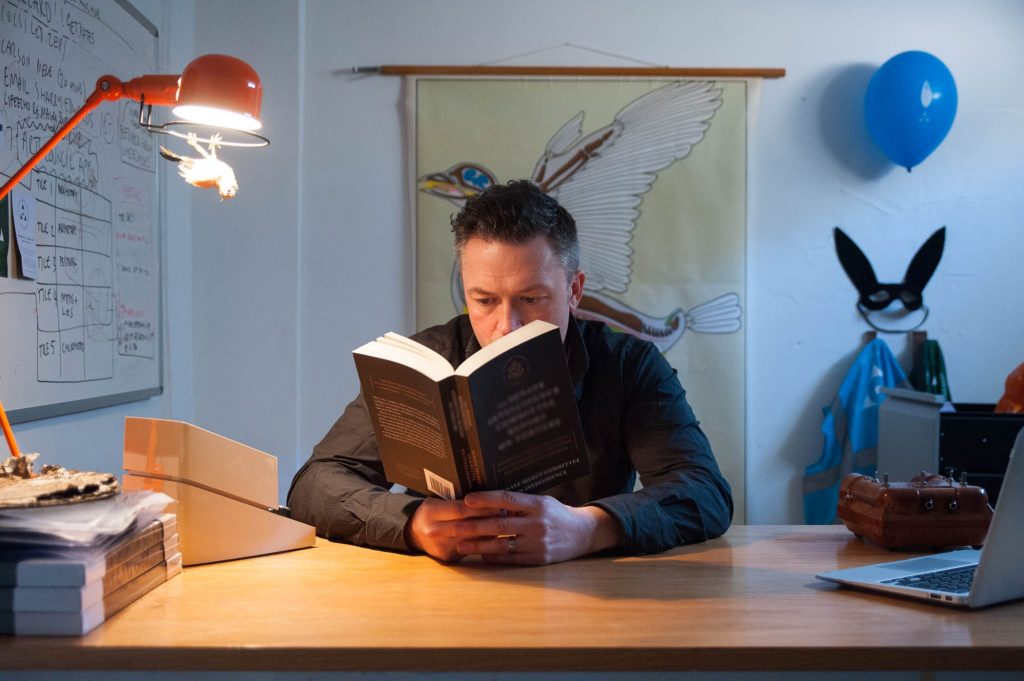About Echo Point
Echo Point use sounds to influence breathing, reduce agitation and build sustained resilience in communities.
Echo Point addresses the varying mental ill-health issues we are all facing and is an interventional sonic safe space activity which contains sound to redirect negative thoughts into more positive ones resulting in potential behavioural change, both in personal space and social space.
Inclusivity:
Echo Point is a socially impartial and all-inclusive participation project which is for benefit of all people, including those isolated and vulnerable and in areas of socio-economic disadvantage allowing access to those who may be cut off from innovation of wellbeing and creative technology.
The product opens up inclusive dialogue about mental health across all groups and builds initiative for nesting between these groups. The data gathering and sourcing of community sounds means the project is direct in supporting inclusion, building an empathy date set which can empower the user by feeling valued.
The Idea:
Echo Point is a physical installation and/or a pop-up intervention designed for the public realm that plays a carefully curated and structured soundscape, which helps the listener to redirect negative emotions and enter a state of calm when they are feeling low and in times of crisis / vulnerability.
The aim of the project is to:
- Reduce the risk of self-harm and suicide
- Aid decision-making
- Break negative thought patterns
- Raises Nitric Oxide Levels (lowers blood pressure)
- Redirected emotion
- Extended dwell time
- Control Breathing
- Improved mood
- Reframes environment and experience as motivation
The soundscape uses crowd sourced data from chosen local communities who have been asked to share the sounds they believe are their happiest, building :
- Community ownership
- Responsibility and Understanding
- Cross Culture Collaboration
- Safety and Grounding
- Empathetic Intergenerational Engagement
Soundscape:
The soundscape helps with anxiety reduction by a guided breathing technique of 4:7:8.The 4-7-8 breathing technique, also known as “relaxing breath,” involves breathing in for 4 seconds, holding the breath for 7 seconds, and exhaling for 8 seconds and forces the mind and body to focus on regulating the breath and described it as a natural tranquilizer for the nervous system.
The sounds then control the thought process to reduce control of cortisol, which in turn reduces agitation.
Project Devices, Assets and Access:
We have 8 project devices 7 of which allow access to the experience. By scanning the QR code or visiting the website a person can experience the soundscape and guided breathing instructions. QR codes store information using black and white squares which can be “read” by smartphones, using QR codes is quicker than manually typing in something like a long web addrxess into a smartphone. Some smartphones can automatically “read” a QR code when it appears in your smartphone camera. The sound then connects the user to a focused breathing exercise to reduce their agitation and reduce a negative thought patterns into more positive ones resulting in a noted behavioural change.
About Echo Point artist Justin Wiggan

Justin Wiggan is an artist working at the frontiers of arts and public intervention. His practice includes a range of media from sound, phonics, film, drawing, installation, interventions and performance, has also attracted collaboration across the medical research and creative industries sectors. His works have been exhibited nationally and internationally: B.O.M Birmingham, Protein Gallery London, Baltic Gallery, Citric Gallery Italy, Gigantic Art Space New York.
His aim is to educate, share and engage people with sound as a creative field and reconnect with their lives using sound art. He also now extends his artistic practice into collaborative research in galleries, youth homes, and public access spaces with community groups and leading workshops within areas of vulnerable elements of society, palliative care, mental health and education. His work is described as ground breaking, and he has been cited as the most exciting artist working across arts and health in the UK today.
He runs Glass Twin Ltd, an award winning company who uses sound as a tool to promote mental wellbeing through technology, reflection, nostalgia and memory. Glass Twin LTD is a sound and health focused company which aims to improve community resilience and individual wellbeing though a simple, accessible process that reconnects us with the world of sound.
Glass Twin uses a reflective process with customers to develop bespoke soundscapes; and products incorporating the soundscape. Glass Twin has worked in a range of settings including hospices, prisons and schools. The company has also worked with emergency services and charities working to support people with mental ill health or additional needs.